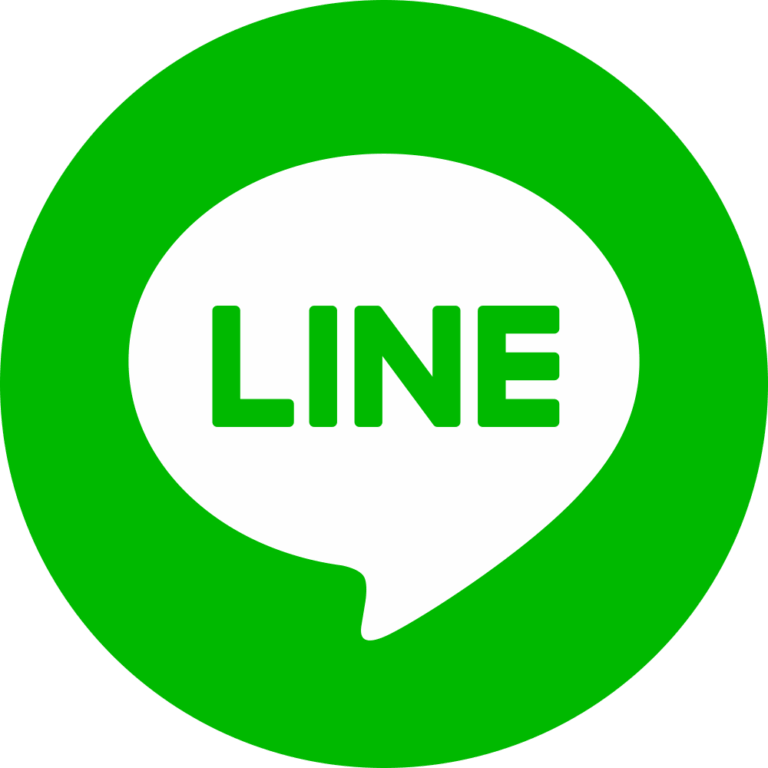
Introduction
The role of testing in education has emerged as a focal point of discussion among educators, students, and parents alike. With increasing emphasis on standardized testing and student assessments, understanding the implications of testing is crucial. It directly impacts the learning process, educational outcomes, and can even shape educational policies.
The Current Landscape of Educational Testing
Recent studies from the Canadian Education Association illustrate that standardized tests have become common in many Canadian provinces. These assessments are meant to gauge student performance, identify learning gaps, and improve curriculum standards. In Ontario, for example, the EQAO tests have been utilized to measure student achievement in key subject areas like mathematics and literacy since the late 1990s.
However, the testing environment is evolving. Criticism has surged regarding the pressure standardized tests place on students and the narrowing of curricula to teach to the test. These concerns have prompted discussions about the implementation of alternative assessments, including portfolio evaluations and project-based learning.
Impact on Students and Educators
Educational testing can influence students’ motivation and confidence levels. For some students, high-stakes testing boosts their motivation to perform well, pushing them to study harder. Conversely, it can induce anxiety and a sense of inadequacy, particularly for those who struggle academically.
Furthermore, educators face challenges in preparing students for these assessments. A well-rounded education that includes critical thinking and creativity is sometimes overshadowed by a focus on test preparation. This conflict raises questions about the balance between accountability and student-centered learning.
Looking Ahead: The Future of Testing
The future of educational testing in Canada may reflect broader changes. With advancements in technology, adaptive assessments that tailor questions to the individual student’s ability level are already being integrated into classroom settings. This personalization could potentially provide a more accurate measure of a student’s understanding and capabilities.
In conclusion, while testing remains a critical tool in evaluating educational effectiveness and student success, it must be balanced with a holistic approach to teaching and learning. The ongoing debates and innovations surrounding educational assessments indicate that this subject will remain relevant and dynamic as educational systems strive to adapt to the needs of all learners. Stakeholders must work collaboratively to address the challenges of testing to ensure that it supports rather than hinders educational progress.



